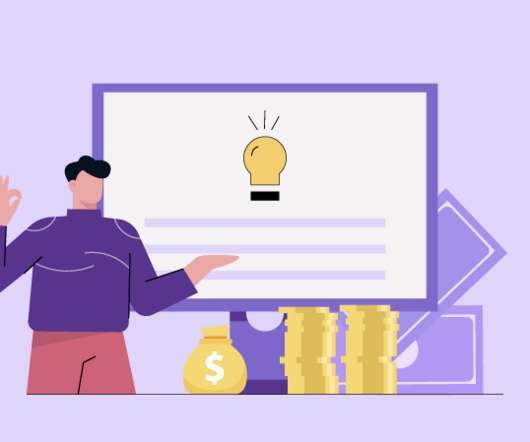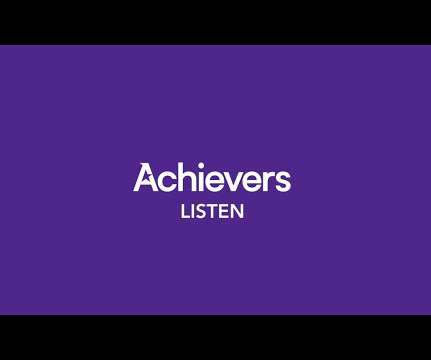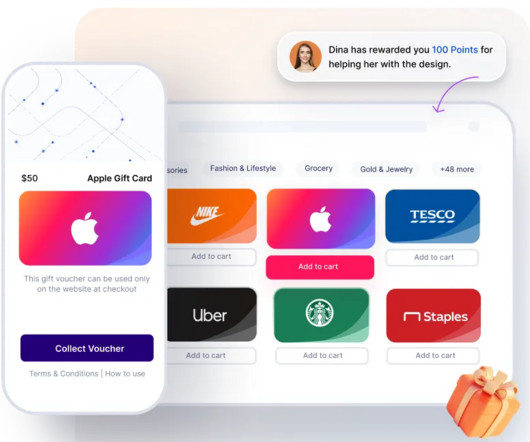What are total rewards? Building an amazing total rewards package
Achievers
AUGUST 4, 2022
Employee recognition. Recognizing your employees reaffirms that you appreciate and respect their hard work. While monetary recognition like reward points, gift cards, meaningful experiences, and swag matters, providing frequent social recognition can be even more powerful. Employee benefits and incentives.

























Let's personalize your content